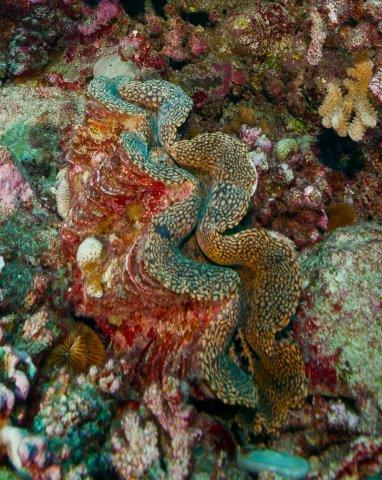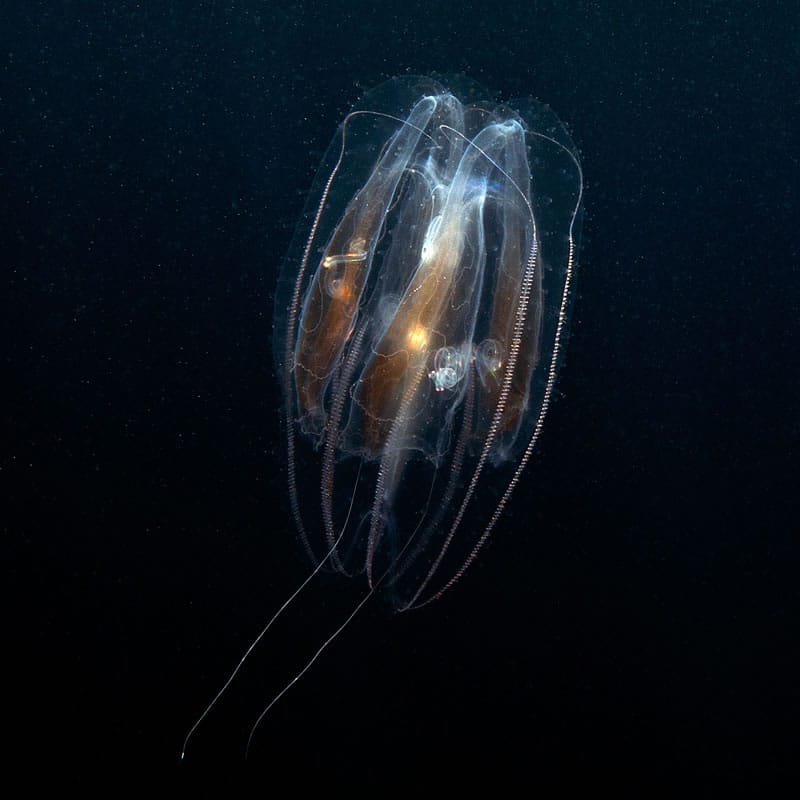Fact Friday

Giant clams (Tridacna sp.) can be over three feet long. They are one of the longest living sea creatures, living for over 100 years! But don’t worry, their shells close very S-L-O-W-L-Y, so you won’t get any body parts stuck in one.
Photo © Michele Westmorland/iLCP

January 17, 2025
Ctenophores
Modern ctenophores, or comb jellies, are soft-bodied, meaning they are 95% water and have no hard body parts. Ctenophore fossils from the Cambrian period indicate that the ancient form of these creatures had a hard skeleton. Scientists believe this skeleton was part of a trend to “armor up” during the Cambrian due to intense predation.
Photo Credit: Ken Marks




